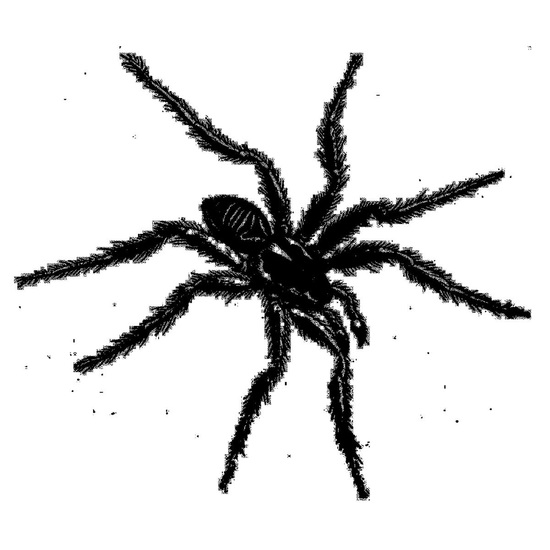Tarantismo: Odyssey of an Italian Ritual, distributed in the United States by Light in the Attic Records, is the second release from European label, publishing house, and exhibition organizer, FLEE. FLEE is a self-described “cultural engineering platform dedicated to the documentation and enhancement of hybrid cultures.” FLEE is dedicated to socially and politically engaging listeners in musical genres, rather than just observing trends. Their most recent release, Tarantismo, came out on November 27 and is an educational piece on an ancient style of music called Pizzica. The album is available digitally and on vinyl with an accompanying book with nine essays that focus on the ritual of Pizzica and the condition of Tarantism.
Originally practiced in the 11th century in southern Italy, Tarantism is a form of hysteria that many people believe to be the result of a bite from the wolf spider (Lycosa tarantula). The condition was most common in the southern Italian province of Taranto. Francesco Cancellieri, an Italian writer from the 18th century, wrote that “sweat and antidotes relieve the sick,” but the only real cure to Tarantism is music. This music, in combination with a frenetic style of dance, was used as a therapeutic remedy for Tarantism. The common belief at the time was that the act of dancing would keep the afflicted patients alive. It is believed that this dance therapy evolved into a popular style of dance in southern Italy called the Tarantella. Hans Schadewaldt, a German physician and medical historian, studied an outbreak of Tarantism in Apulia, Italy, in 1971. He described the music used in tandem with dance as “strange monotonous melodies accompanied by clapping of the hands or stamping of the feet, always ending in a crescendo.”
The actual album consists of six original field recordings from musician/exorcists Diego Carpi-
I would highly recommend FLEE to anyone interested in international music, or the deeper exploration of the context behind certain genres of music. FLEE wasn’t on my radar until this release, but I recommend everyone to keep an eye out for their future releases and to take a look at other work by the other producers who were featured in the six reworks at the end of the album.

Be First to Comment